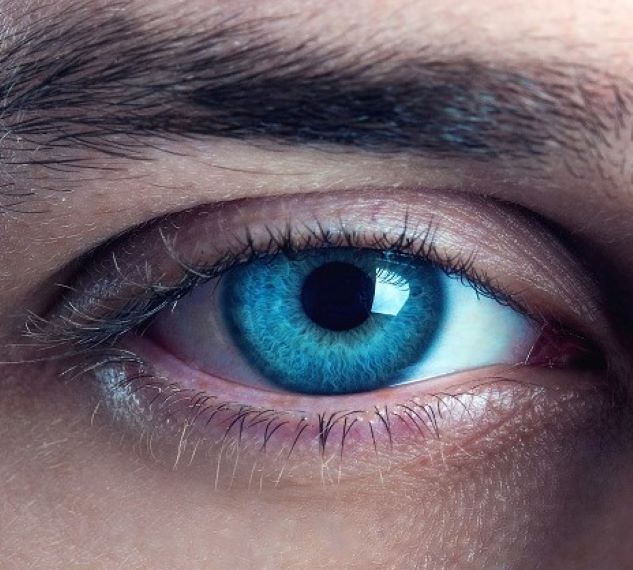What does ophthalmic plastic surgery deal with?

The most common changes affecting the eyelids
Sagging, loose eyelid skin (dermatochalasis)
Our patients most often visit an ophthalmic plastic surgeon for correction of sagging upper eyelid skin (dermatochalasis). As people age, the skin on their upper eyelids becomes loose. This is a natural process, so it is often just an intervention for aesthetic purposes. Loose eyelid skin sometimes becomes a nuisance, obstructs vision and impairs quality of life.
Incorrect positions of the eyelids
Incorrect positions of the eyelids - which can be congenital or acquired abnormalities - are corrected during ophthalmic plastic surgery. The three most common malpositions are ptosis, ectropion, and entropion.
- ptosis (eyelid drooping): the upper eyelid partially or completely covers the pupil, thereby obstructing vision. In such cases, an operation on the eyelid muscle is necessary. It can be a congenital change, but the form acquired at a later age is more common. In the case of childhood congenital ptosis, it is often necessary to decide in favor of early surgery, because if this is not done, blind vision may develop, which is a lifelong disability. Ptosis can be caused by age-related tissue loosening, long-term contact lens wear, injury, neurological disease or tumor. Ptosis resulting from tissue loosening is often accompanied by eyelid sagging (=dermatochalasis), in which case combined surgery is necessary.
- ectropion (tilting outward): most often occurs on the lower eyelid and is accompanied by tearing. It can be caused by age-related tissue laxity, scarring on the eyelid skin, tumor, injury, or facial nerve paralysis. Since the eyelid does not adequately protect the eyeball, permanent inflammation of the conjunctiva or cornea may develop. In severe cases, an ulcer may form on the cornea and the cornea may even become perforated, which can lead to vision loss.
- entropion (inward turning): typically occurs on the lower eyelid, but in certain diseases involving conjunctival scarring, the upper eyelid may also be affected. It can be caused by tissue laxity with advancing age or scarring of the conjunctiva, which can have many other causes (herpes infection, chemical injury, burns, other injuries, surgeries). The inward-turning eyelid and eyelashes rub against the conjunctiva and cornea, which leads to persistent inflammation. Similar to outward tilting of the eyelids, entropion is also associated with tearing, and its symptoms include the sensation of a pricking or foreign body, sensitivity to light. In severe cases, corneal ulcers, perforation of the eyeball and loss of vision can also develop here.
If you have noticed similar changes, book an appointment and visit our ophthalmologists!
Read our other articles on this topic:
